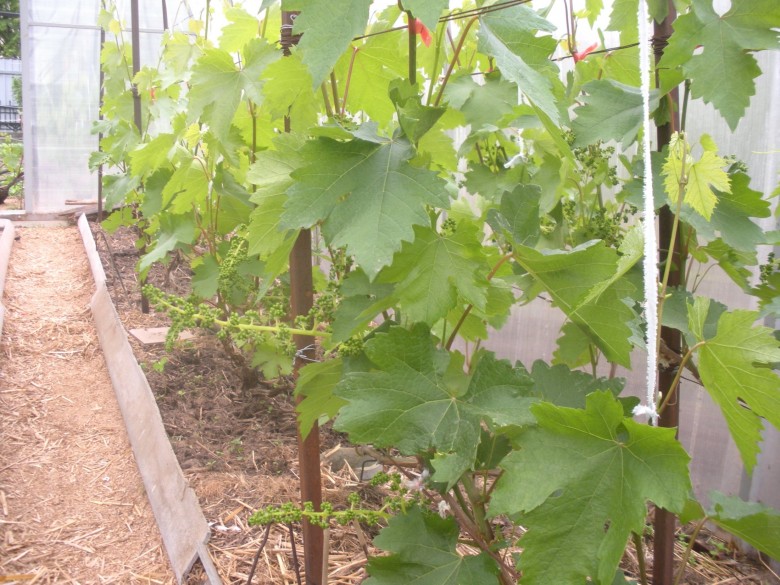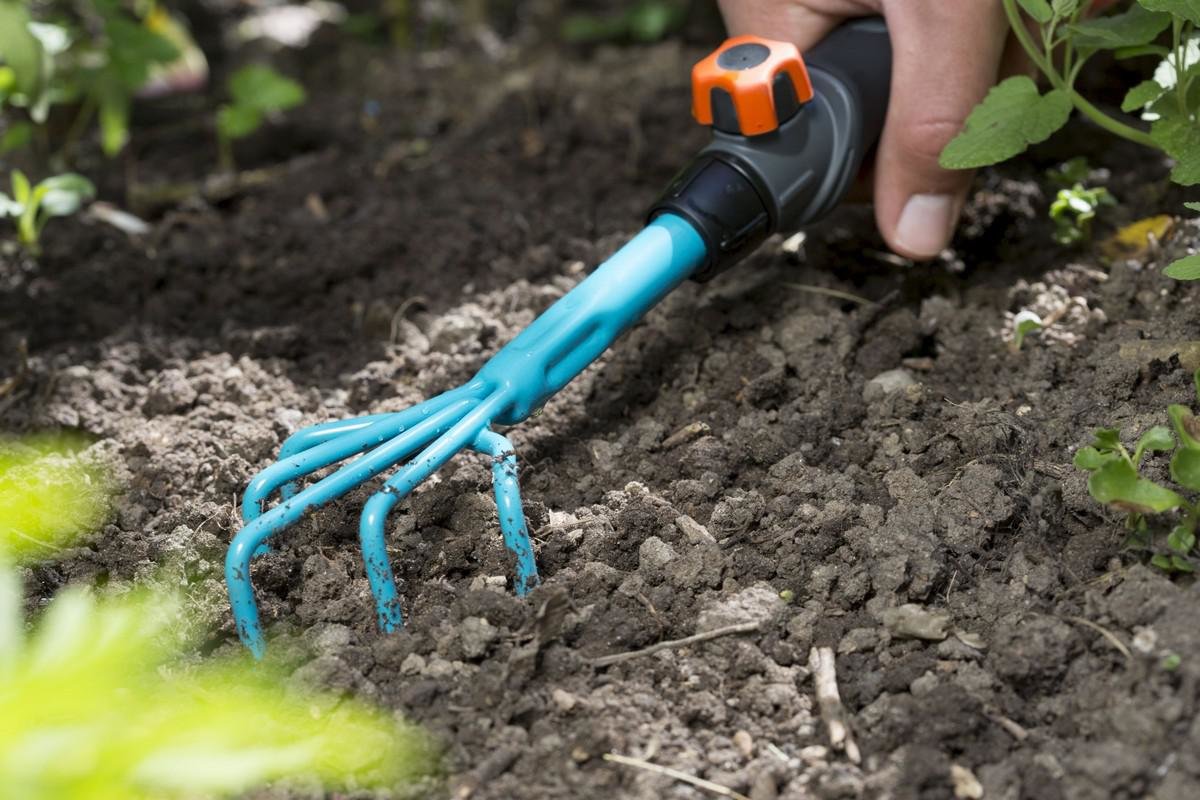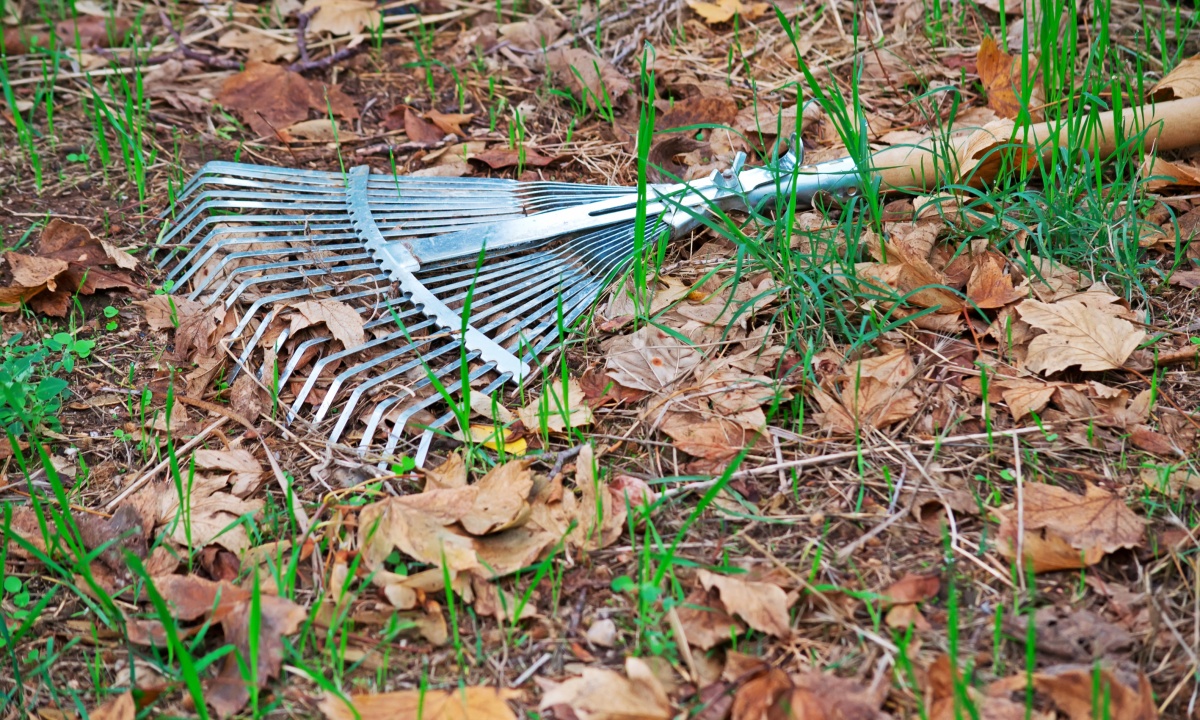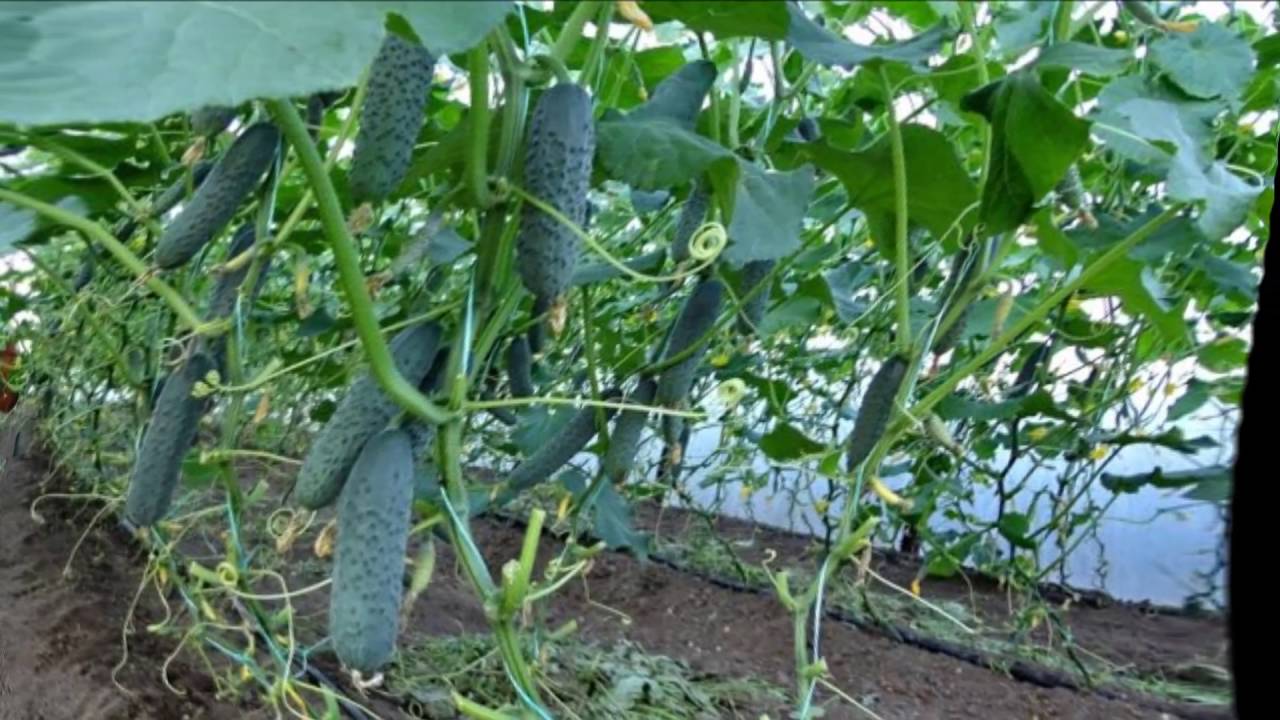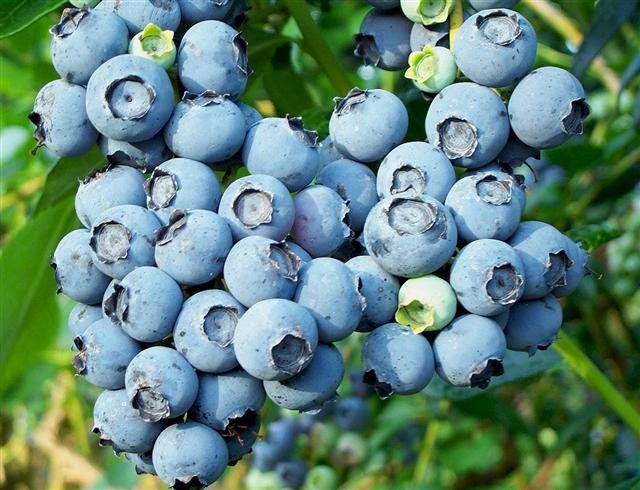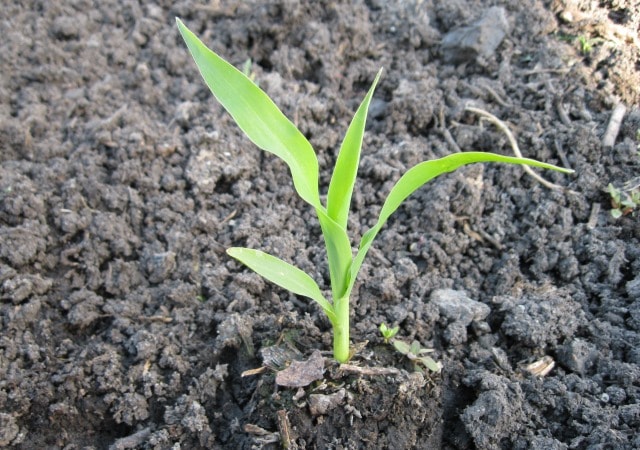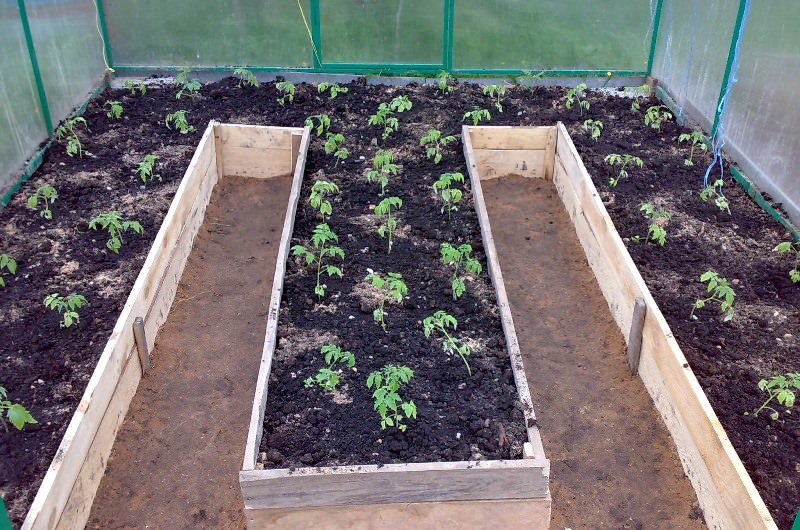Content:
Despite the unfavorable climatic conditions in the Moscow region and regions of central Russia, grapes can be grown here. Thanks to the tireless work of breeders, unpretentious and frost-resistant varieties were bred, which taste no worse than those of their southern relatives. Before you start growing grapes in the Moscow region, you need to choose the right variety, as well as study the features of breeding and care. Only in this case, the harsh climate will not be a hindrance.
Grapes: planting and care in the suburbs
You can grow vineyards in the Moscow region if you follow all the planting rules. In addition, you will always have to remember that it is important to cover the shank well from bad weather near Moscow.
Preparing for landing
Preparation algorithm:
- Prepare the landing pits. The intervals between them depend on the selected variety (up to 1.5 m - low-growing and medium-growing varieties, about 2 m - vigorous varieties).
- At the bottom of the pit, drainage should be evenly spread out. To do this, you can use expanded clay, crushed stone or broken brick.
- Further, on top of the drainage, it is necessary to lay the soil, having previously introduced organic or mineral fertilizers into it. Preferred compositions are humus, sod land, dolomite flour.
- For regular and convenient watering near the pit, you can dig trenches and dig in pipes through which the plants will be watered directly under the root system.
How to plant grapes in the Moscow region
The main conditions for abundant fruiting and rapid growth are fertile soil, moderate humidity, warmth and plenty of sunlight. But one of the main questions at the initial stage is to choose the right variety, taking into account the peculiarities of the local climate.
The vast majority of varieties are not too whimsical to the composition of the soil. The main thing is that it is not clayey. Otherwise, the rhizome will not develop properly, which is unlikely to contribute to a good harvest.
It is necessary to give preference to sunny places, without blowing by winds and away from large plantings. The most optimal place for planting grapes is along buildings and fences on the south side. If this is not possible, the seedling is planted to a depth of 0.5 m. This will prevent the plant from freezing.
Planting material is not stored for a long time - it is soaked in water throughout the day and planted in open soil.
How grapes are planted in spring with seedlings in the Moscow region (general scheme):
- Excessively long roots are cut from the cutting. The shoot must be shortened by 3 buds, and the lateral branches must be removed.
- A pit is dug with dimensions 80 * 80 * 80 cm. A peg is inserted into the center of the pit and then drainage (crushed stone, gravel) is evenly distributed along the bottom. Cover with soil, the thickness of which will be 10-15 cm.
- Top dressing also plays an extremely important role in the full and correct development of culture.About 3 buckets of rotted humus, several handfuls of ash, 150 g of potassium salt and 300 g of superphosphate are introduced into the pit. Previously, the soil is watered abundantly with water.
- The soil is added to 1/3 of the total volume and then re-poured abundantly with water.
- The formation of a small mound around the peg is mandatory. The rhizome of the vine must be dipped in liquid clay and carefully placed in the pit. Spread the roots evenly over the bottom of the pit.
- Sprinkle with soil, leaving the graft site on the surface. After that, the soil is carefully tamped and watered again. Sprinkle the trunk circle with humus and / or peat.
- Now the grower needs to create a shelter using a film to protect the cuttings. There is no need to spare the material, otherwise the vine will freeze and is unlikely to please the harvest.
If you want to cultivate grapes in the Moscow region, cultivation without a greenhouse is possible. When it gets cold, a plastic box is strung on top of the plant. If you plant a seedling in the spring, it must be protected from sunlight. In any case, a week after planting, the plant is abundantly watered and loosened.
Grape care in spring in the Moscow region in summer and autumn
Caring for a vine in the Moscow region is not difficult and therefore even a novice specialist, an amateur gardener, can cope with this task. The main manipulations carried out in summer and autumn: watering, weeding, feeding and pruning. For the winter, all the roots of the plant will definitely need to be covered, but this procedure is not considered difficult.
During the growing season, the crop must be watered several times, abundantly. Each bush will require at least 15 liters of water. The frequency of watering must be maneuvered depending on the weather conditions. With excessive humidity, the likelihood of developing fungal diseases increases, therefore preventive recommendations must be followed.
Stages of bush formation:
- In the first year of life, the plant stretches 0.2-0.25 meters. If the allowed limit has been exceeded, pinch the difference.
- For the next year, the seedling bush is opened with the onset of the first warm spring days. It is necessary to leave no more than 4 strong shoots - it is better to remove the rest. As new branches are formed, they are removed. When the growth reaches 1 meter, pinch the top of the bush again.
- The extended vine for the next year should be tied to a peg along the central trunk, and the side shoots - vertically.
The culture begins to bear fruit in 4 years. Pruning must be carried out twice a year: in the spring, frozen and dried, and in the fall, elongated shoots are shortened. With the onset of winter, the vine must be placed on a special platform. From above, the culture is thrown with plant material (cones, foliage, bark, etc.). If natural protection is not enough, then it is advisable to use slate and / or shield boxes. The main task is to protect the plant from winter cold.
2 years after planting, the plant is not fed. There will be enough of those fertilizers that were laid in the hole during planting. Throughout the entire fruiting period, only mineral and organic fertilizers will be needed. The most optimal choice is potassium-phosphorus fertilizers, which will have to be applied to the soil about three times. With an interval of 2-3 years, a plot with grape plantings is plowed. In this case, a small amount of humus is necessarily introduced. During fruiting, the plant must be fertilized with potassium supplements.
Pests and diseases
In order for the culture to be healthy, it is required to remove the foliage in a timely and thorough manner when the first symptoms of pathologies appear. Particular attention should be paid to the plant when color changes or significant damage.
A plant can get sick due to pathogenic / pathogenic microorganisms, viruses and fungal infections. You can notice deviations due to rotting berries, the appearance of spots on the foliage, a change in the color of fruits and leaves.
- Gray rot. The disease affects the plant due to poor air ventilation, especially during the rainy season.The fruits gradually acquire a brown color and burst. To prevent the development of the disease, all affected fragments must be removed and the bushes must be treated with a solution of copper sulfate.
- Black spot. The main symptom of the development of the disease is the formation of dark spots on the leaves and fruits. Infected fragments must be removed and burned. To combat the disease, a solution of Bordeaux fluid is used.
- Mildew is characterized by the formation of yellow spots on the leaves. As the disease progresses, the leaves begin to rot. For the prevention of development, it is recommended to use a solution of Bordeaux fluid, and to treat the disease, special chemicals.
The juicy and sweet fruit of the grape always attracts the attention of the bees, which suck out the pulp. To protect shrubs from insects, you can use ordinary mosquito spirals, which are placed near the vine. Close contact with such a drug scares any insects. But it should be remembered that the spiral should smoke all day.
Aphids can also hit vines. To combat it, it is effective to use a solution of laundry soap.
Growing greenhouse grapes
The soil is enriched with a compost mixture mixed with superphosphate and ash. Dig deep enough holes at intervals of 2 meters. Drainage is required! Immediately you need to dig in vertical supports, which will later be useful for tying the vine.
Taking care of grapes in greenhouse conditions is as follows:
- Creation of the optimal temperature regime in the greenhouse. When landing, the temperature should vary from +10 to +12 degrees Celsius; then - gradually increase it to +25. When buds are formed and the grapes begin to bloom, the temperature is raised to +30 degrees. The vine is protected from the sun's rays by a net that wraps around the greenhouse. It is necessary to regulate the temperature in the greenhouse with the help of supply ventilation and airing.
- The first time the grapes are watered immediately after planting. Second watering at intervals of a week after the first. In summer, crops should be moistened at intervals of 7 days, exclusively in the evening. If you neglect this rule, the berries can begin to burst.
- Watering must be combined with organic / mineral fertilizers. Before flowering, potash fertilizers are applied every 2 weeks, then every week. During the formation of bunches, potassium-phosphorus compounds are introduced into the soil.
- Fruitless shoots are cut off at the level of the fifth leaf. Long branches are tied obliquely to the support. The stems are distributed vertically and crossed among themselves.
- Pollination is done manually: the vine is shaken, pollen is collected and sprayed on neighboring crops.
- The central shoot is removed before the first live ovary.
In winter, the bushes are covered with a warm blanket, straw or sawdust. If the greenhouse is dismantled, the closed plants will overwinter under a layer of snow.
Grapes are a unique plant, a delicious and incredibly healthy crop that every agronomist can grow in his summer cottage. Most of the culture is unpretentious. Consequently, even a novice winegrower can cope with it. It is worth remembering that for successful cultivation, you will need to correctly select the variety, properly prepare the seedlings for planting and take care of the plants in the future. Don't be afraid of mistakes. But you can’t ignore the advice of literate people. everyone can grow an excellent harvest based on the recommendations of the experts!
